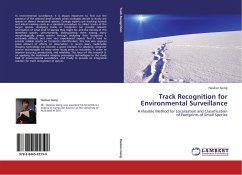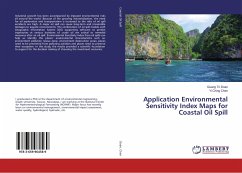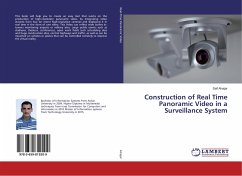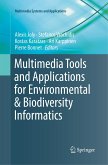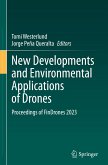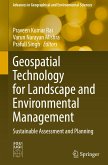In environmental surveillance, it is always important to find out the presence of the selected small animals when ecologists decide to study rare species or detect threatened species. Ecology experts use tracking tunnels and inked tracking cards as a standard procedure to collect tracks of the target species. Analysing tracks or footprints can provide relevant information of what kind of species they might be, and the density of this identified species. Unfortunately, distinguishing them among many morphologically similar species through analysing their footprints is extremely difficult, and even very experienced experts find it hard to provide reliable results on footprints identification, this task also requires great amount of efforts on observation. In recent years, multimedia imaging technology has become a good example for applying computer science technologies to many other study areas or industries, in order to improve accuracy, productivity, and reliability. The focus ofthis research is on applying the multimedia imaging processing technologies to the study field of environmental surveillance, and finally to provide an integrated solution for track recognition of species.
Bitte wählen Sie Ihr Anliegen aus.
Rechnungen
Retourenschein anfordern
Bestellstatus
Storno

